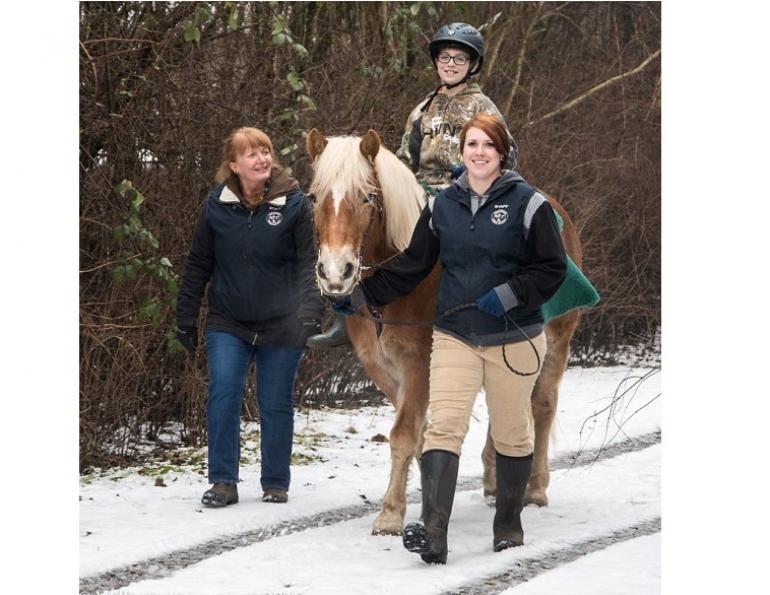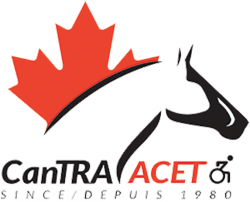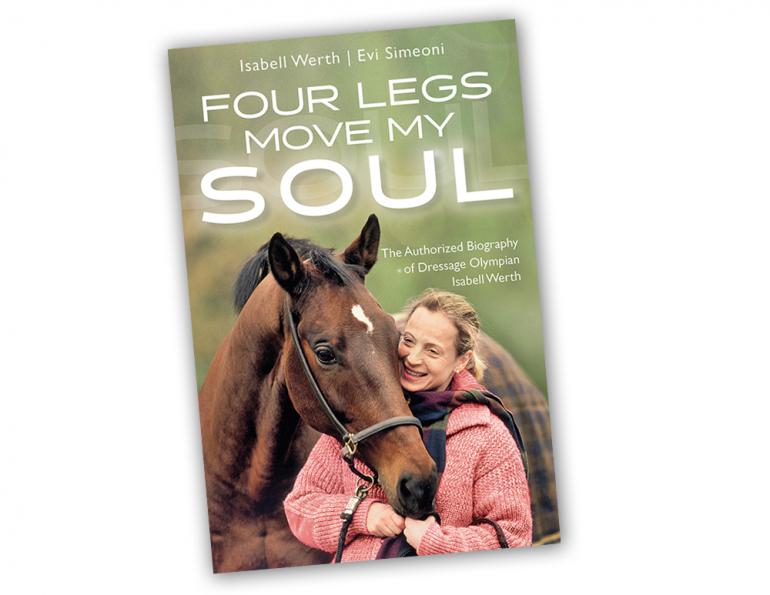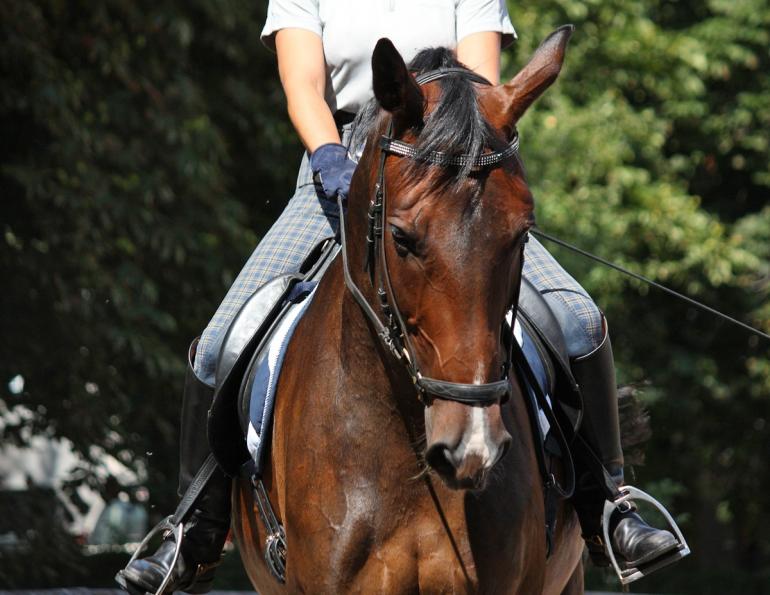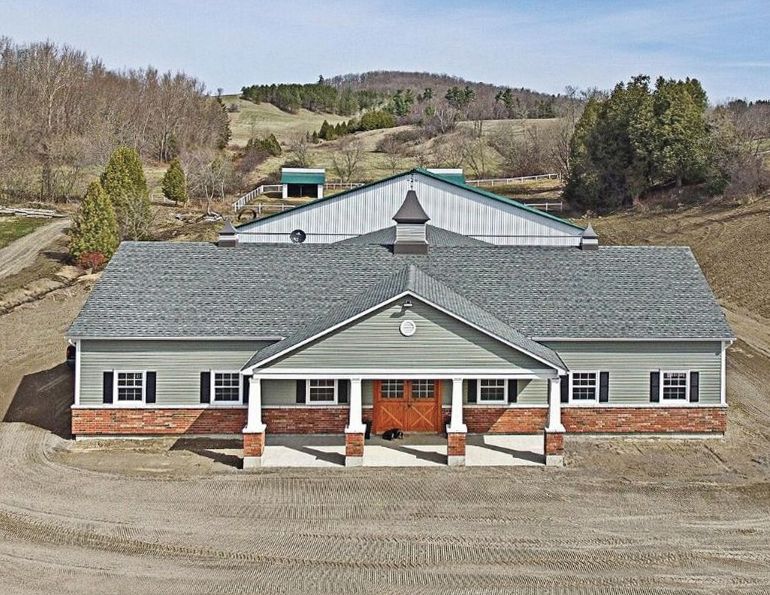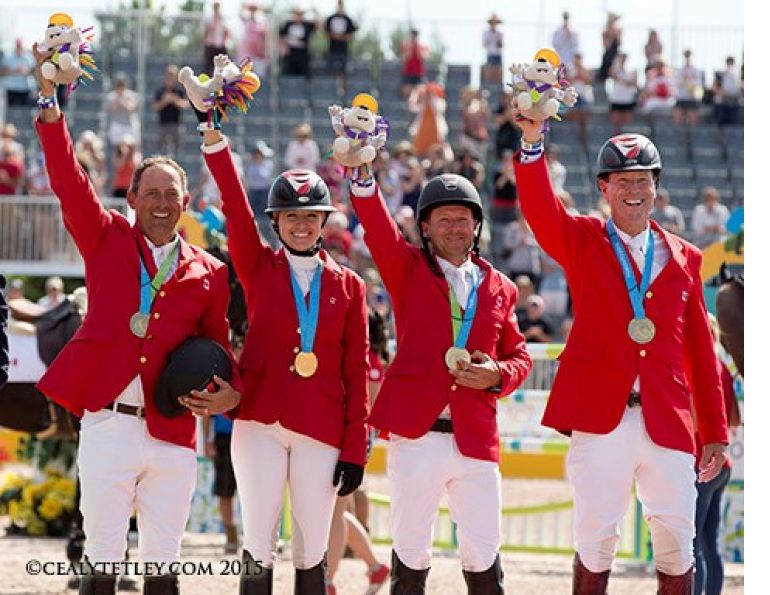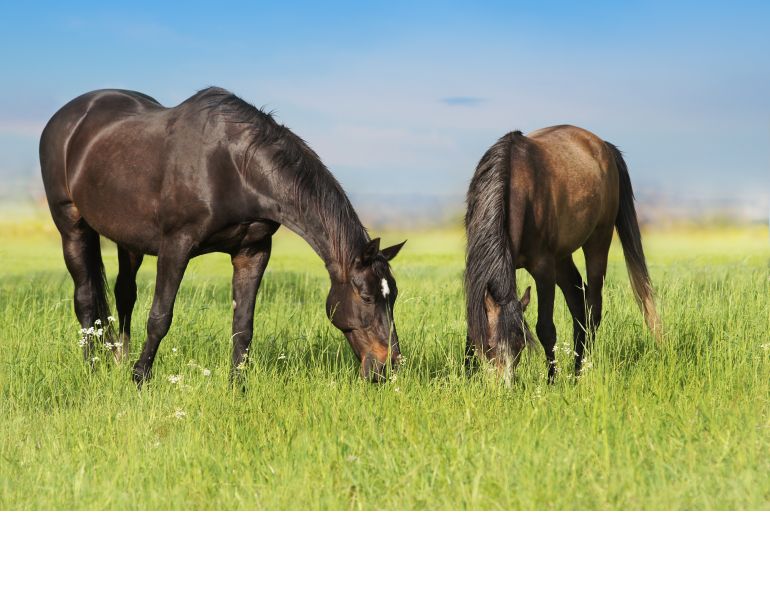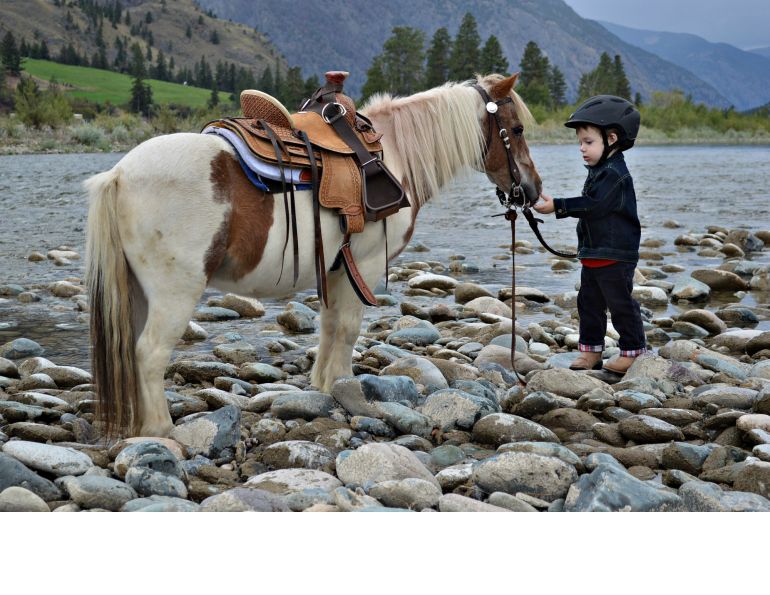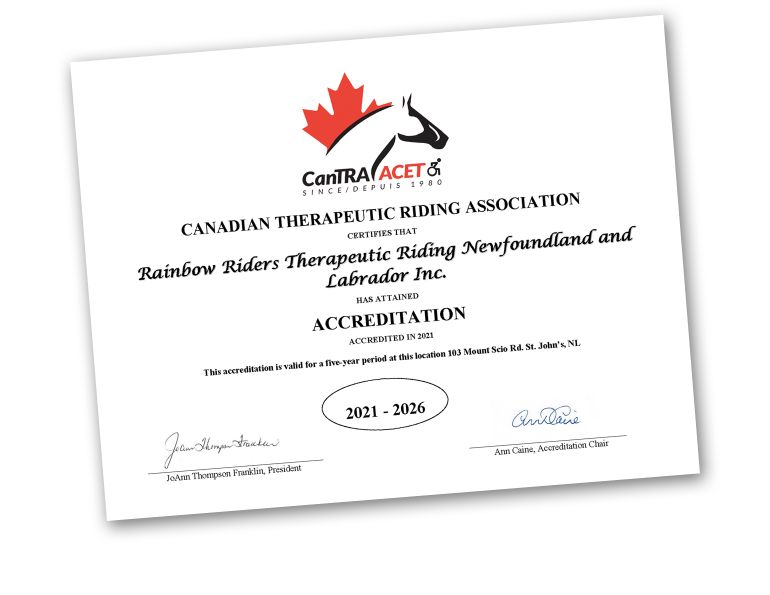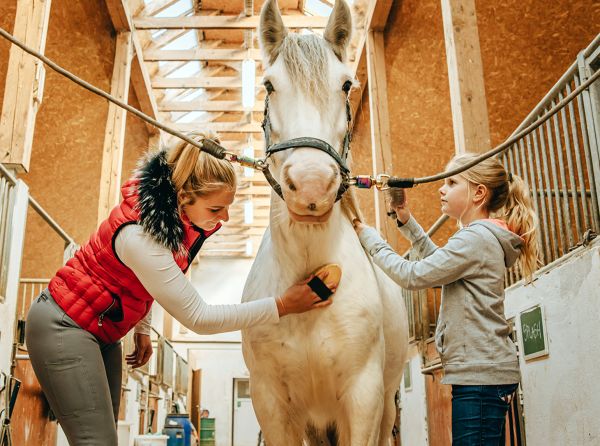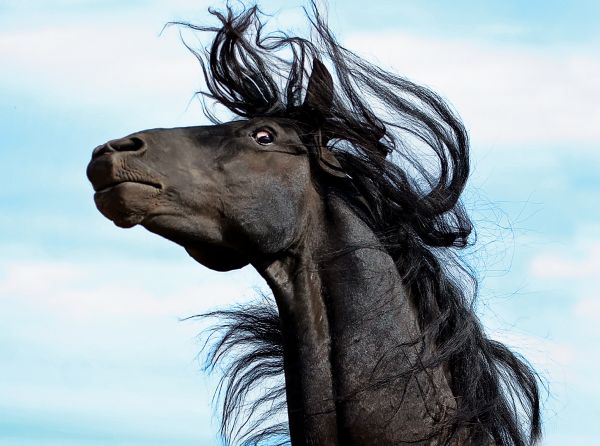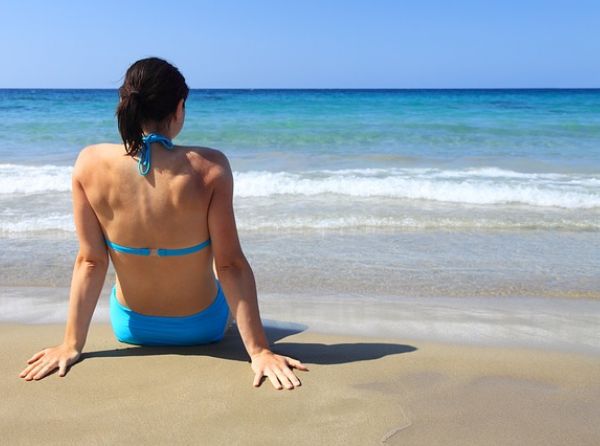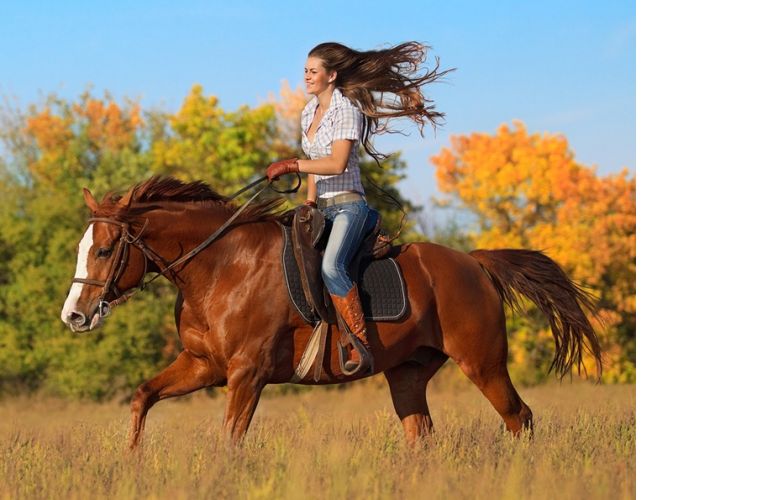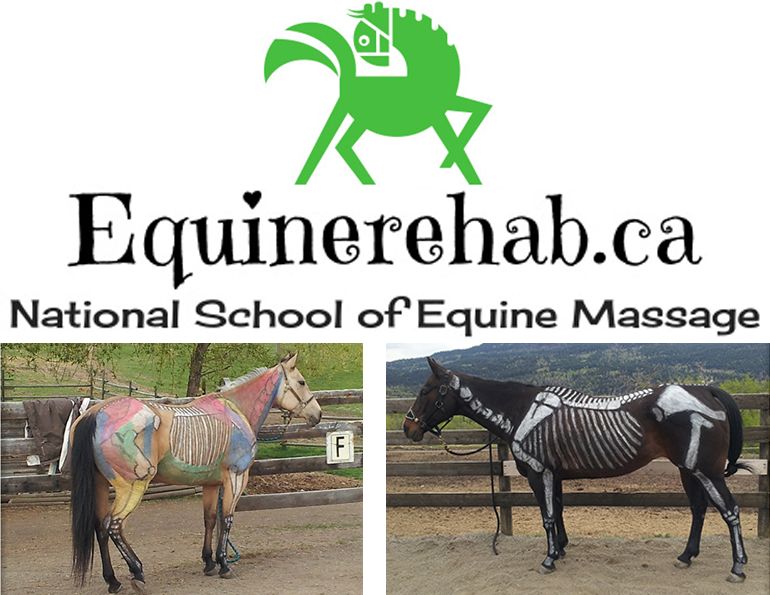By Christine Ross, CanTRA Vice President
What is Therapeutic Riding?
Therapeutic riding offers the opportunity for people with a wide range of disabilities to ride horses in a safe environment. This can be a very valuable experience, offering help to build into a person’s life many new skills and experiences. In therapeutic riding, people learn to ride horses in the same way as in other riding disciplines, but it is just a more incremental process.
Who Can Take Part in Therapeutic Riding?
In line with a policy of diversity, equity, and inclusiveness, a wide range of people with special needs, including physical, developmental, and intellectual conditions are accepted into therapeutic riding programs. Prospective riders are asked for a physician’s referral. This is to make sure riding will have no detrimental effect on their well-being. There are some medical conditions that are contraindicated for riding a horse.
What is a CanTRA Accredited Therapeutic Riding Program?
A CanTRA Accredited Therapeutic Riding Program has been through a risk management evaluation. This is a very important part of creating a safe environment for therapeutic riding. All CanTRA accredited centres have CanTRA certified instructors or coaches. Topics covered in the risk management evaluation include staff qualifications, horse care, equipment care, facility safety, emergency planning, first aid training, and much more.
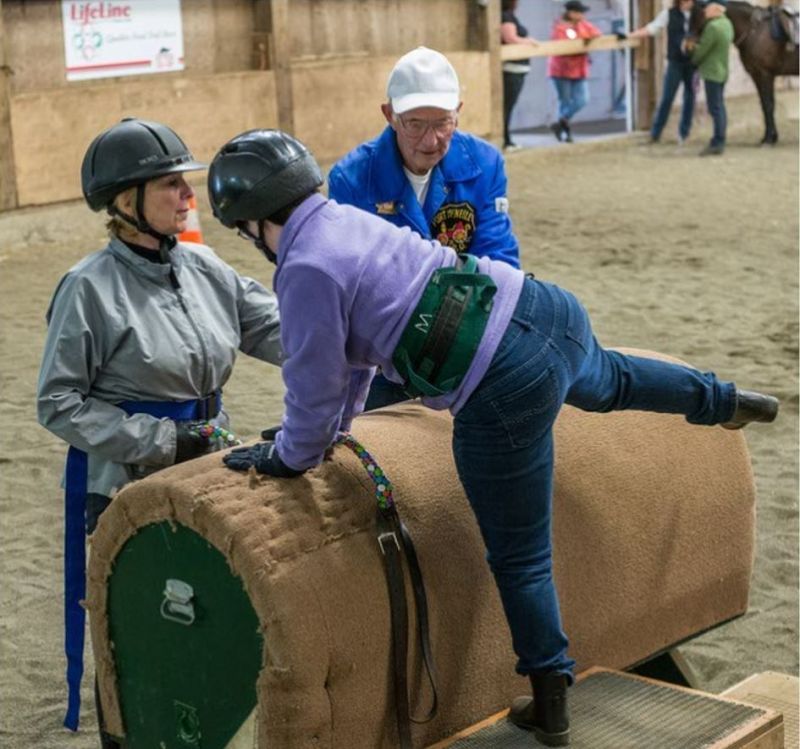
L-R: Deb Mckay, Heidi Von Schilling, and Sherry practicing her mount in the arena at The Comox Valley Therapeutic Riding Society. Photo: Bill Jorgensen
What is a Therapeutic Riding Instructor or Coach?
CanTRA certified therapeutic riding instructors and coaches have been through special training on how to instruct and coach riders with physical and intellectual challenges. They learn about how to safely introduce riding a horse, how to mount and dismount safely, how to work with volunteer leaders and side-walkers, how to write lesson plans, how to select the right horses for therapeutic riding, and much more. They all have a current Standard First Aid qualification, concussion training, and are trained in emergency planning. Instructors and coaches also have an understanding of adaptive tack and how to use it.
What Range of Riding Activities Take Place at a Therapeutic Riding Centre?
Riders begin by learning how to mount and dismount, how to sit on a horse in a good position, and how to hold the reins. The riders are assisted by volunteers who help them by leading and side-walking. They do many exercises on horseback that help balance, confidence, and coordination. As they progress, they learn how to apply the aids and ride different arena patterns. They go on trail rides and also take part in mounted games. Over time, they may be able to progress to para-equestrian riding or para-dressage. Para-dressage is a paralympic sport and Canada has a team that completes internationally.
If you are interested in riding, volunteering, or training to become a therapeutic riding instructor in a CanTRA Therapeutic Riding Program, please contact the CanTRA office or look up a centre near you on the CanTRA website.
Main Photo: L-R: Barb Haffner, Ben riding Bella, and Ashleigh Whitney on a trail ride at The Comox Valley Therapeutic Riding Society on Vancouver Island, BC. Credit: Bill Jorgensen



